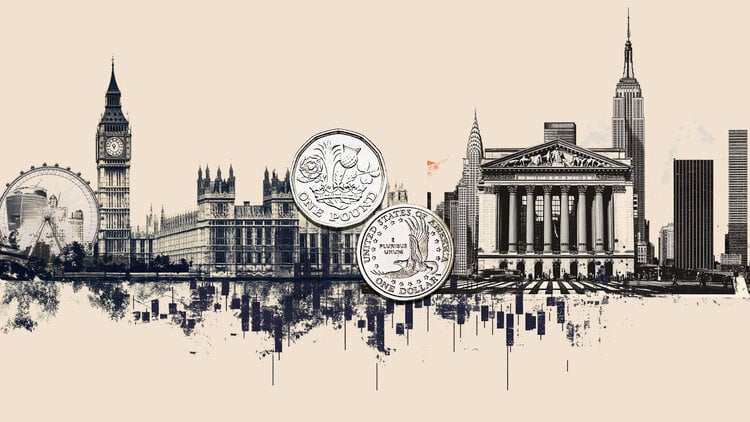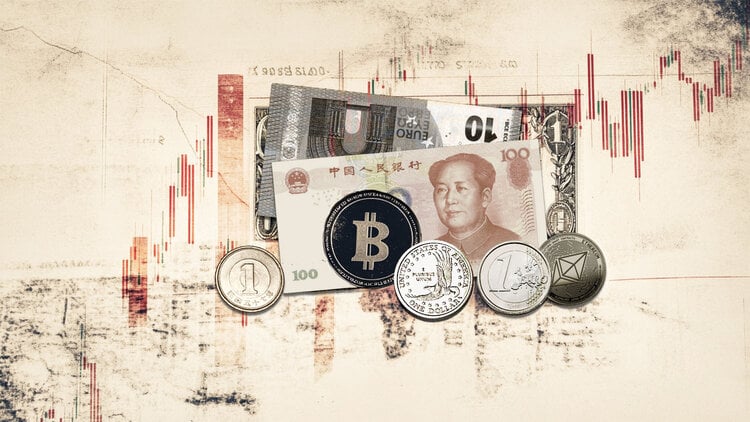- The USD/CAD weakens about 1,4280 in the Tuesday’s late American session.
- Powell de la Fed said the Central Bank is not in a hurry to cut the rates again.
- The White House said that 25% tariffs would be added to other levies.
The USD/CAD pair quotes with a slight negative bias around 1,4280 during the Tuesday’s late American session. The US dollar (USD) weakens since the testimony of the president of the Federal Reserve (Fed), Jerome Powell, before Congress was not as hard as expected. Later, on Wednesday, the publication of the US Consumer Price Index (CPI) inflation data will be the care center.
In his semiannual report to Congress, Powell de la Fed said that FED officials “do not need to hurry” to cut interest rates due to the strength of the labor market and solid economic growth. He added that the tariff policies of the president of the United States, Donald Trump, could exert more upward pressure on prices, which would make it difficult for the Central Bank to reduce the fees. On Monday, Trump ordered 25% tariffs on imported steel and aluminum. He has also threatened with generalized taxes on other imports.
Trump declared on Sunday that he plans to impose 25% tariffs on all imports of steel and aluminum to the US, in addition to existing tariffs on metals. The operators will closely follow the evolution of commercial tariff policies. Concerns about the impact of any new commercial tax could weigh on the CAD linked to raw materials, since Canada is an important steel and aluminum exporter to the US.
Canadian dollar faqs
The key factors that determine the contribution of the Canadian dollar (CAD) are the level of interest rates set by the Canada Bank (BOC), the price of oil, the main export product of Canada, the health of its economy, Inflation and trade balance, which is the difference between the value of Canadian exports and that of their imports. Other factors are the confidence of the markets, that is, if investors bet on riskier assets (Risk-on) or seek safe assets (Risk-Off), being the positive risk-on CAD. As its largest commercial partner, the health of the US economy is also a key factor that influences the Canadian dollar.
The Canada Bank (BOC) exerts a significant influence on the Canadian dollar by setting the level of interest rates that banks can provide with each other. This influences the level of interest rates for everyone. The main objective of the BOC is to maintain inflation between 1% and 3% by adjusting interest rates to the loss. Relatively high interest rates are usually positive for CAD. The Bank of Canada can also use quantitative relaxation and hardening to influence credit conditions, being the first refusal for CAD and the second positive for CAD.
The price of oil is a key factor that influences the value of the Canadian dollar. Oil is the largest export in Canada, so the price of oil tends to have an immediate impact on the value of the CAD. Generally, if the price of oil rises, the CAD also rises, since the aggregate demand of the currency increases. The opposite occurs if the price of oil drops. The highest prices of oil also tend to give rise to a greater probability of a positive commercial balance, which also supports the CAD.
Although traditionally it has always been considered that inflation is a negative factor for a currency, since it reduces the value of money, the opposite has actually happened in modern times, with the relaxation of cross -border capital controls. Higher inflation usually leads to central banks to raise interest rates, which attracts more capital of world investors who are looking for a lucrative place to save their money. This increases the demand for the local currency, which in the case of Canada is the Canadian dollar.
The published macroeconomic data measure the health of the economy and can have an impact on the Canadian dollar. Indicators such as GDP, manufacturing and services PMIs, employment and consumer confidence surveys can influence the CAD direction. A strong economy is good for the Canadian dollar. Not only attracts more foreign investment, but it can encourage the Bank of Canada to raise interest rates, which translates into a stronger currency. However, if the economic data is weak, the CAD is likely to fall.
Source: Fx Street
I am Joshua Winder, a senior-level journalist and editor at World Stock Market. I specialize in covering news related to the stock market and economic trends. With more than 8 years of experience in this field, I have become an expert in financial reporting.







